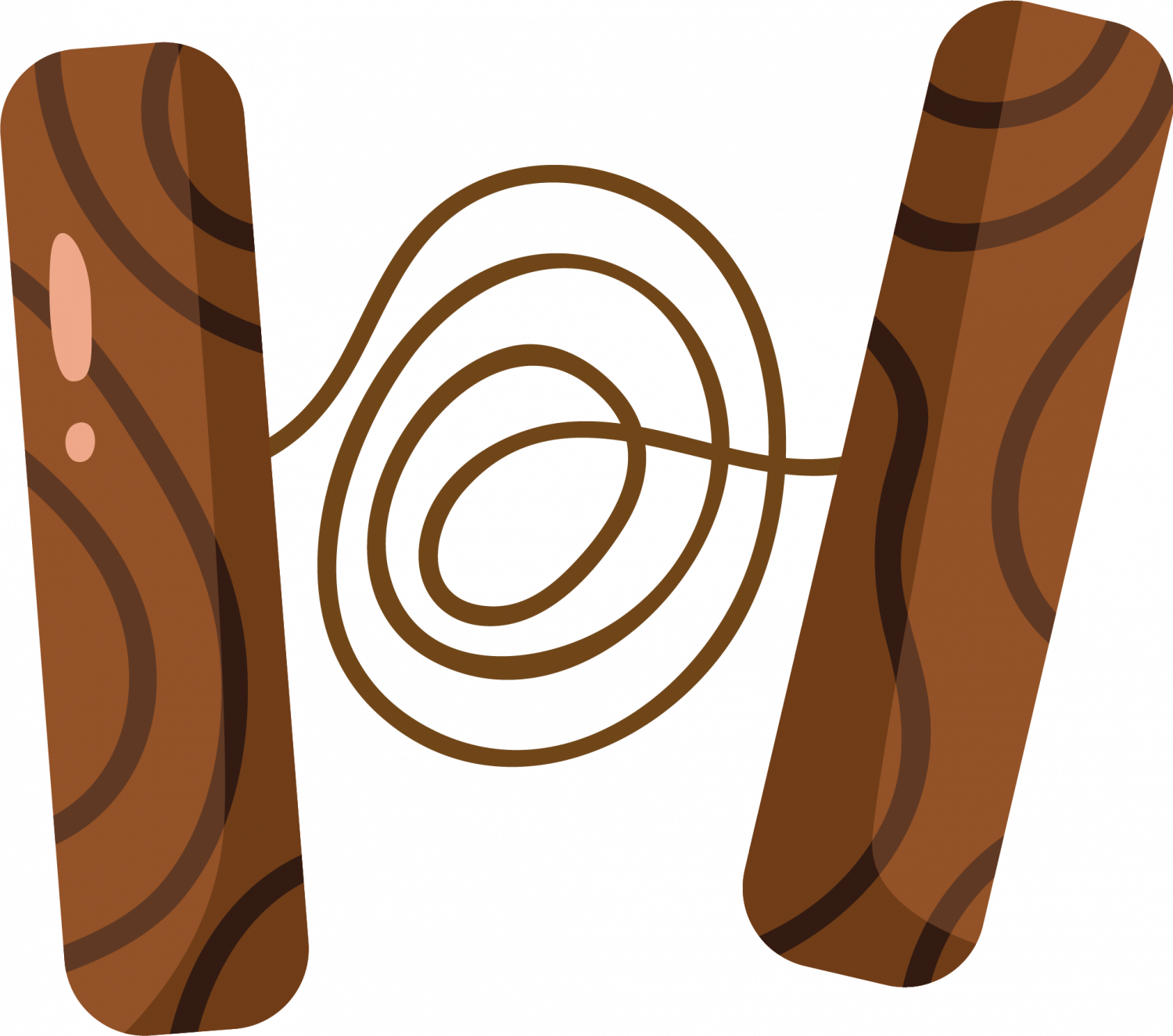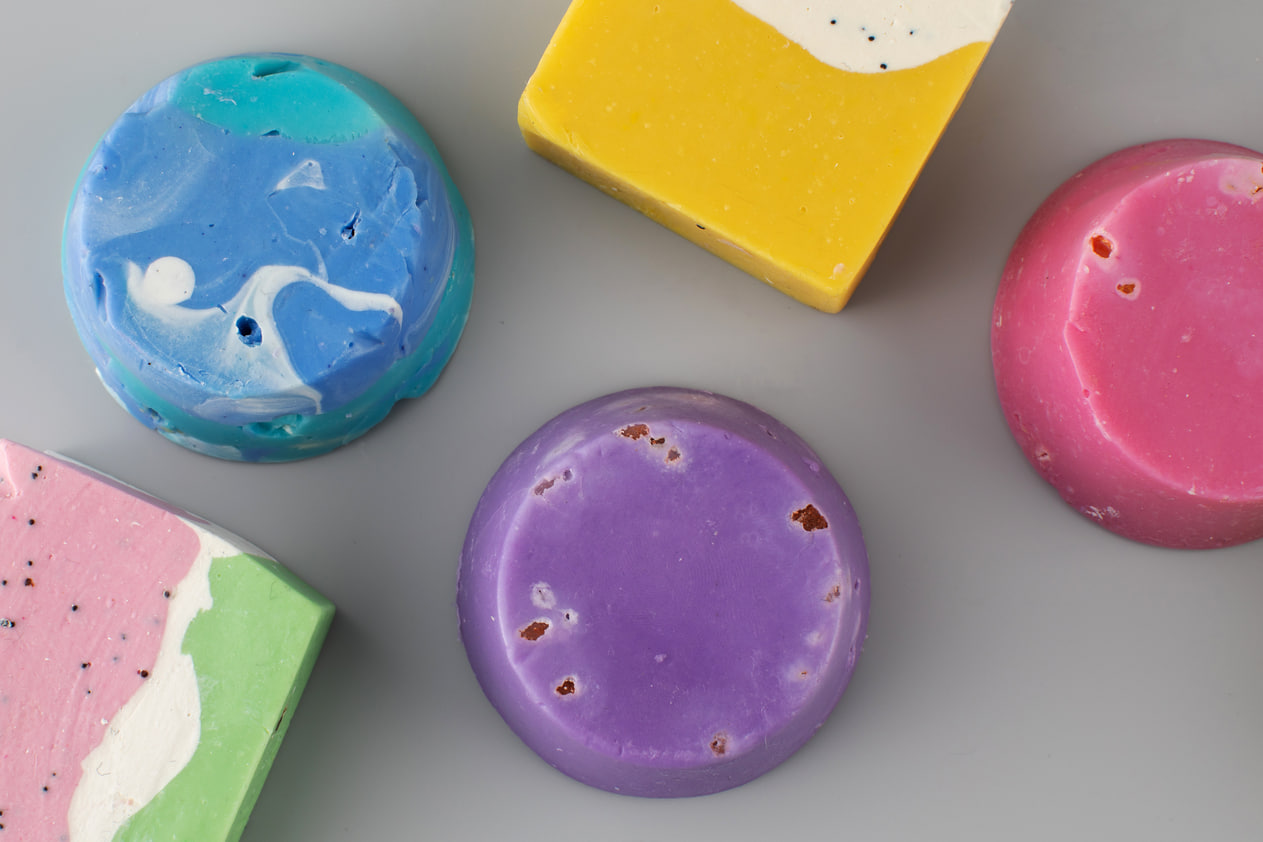Creating visually appealing polymer clay jewelry relies heavily on your choice of colors and patterns. Even simple shapes can become extraordinary when colors harmonize and patterns are thoughtfully applied. Understanding color theory, experimenting with combinations, and developing a unique style are key to producing stunning, professional-looking pieces.
Understanding Color Theory
Color theory is the foundation for creating jewelry that catches the eye. Beginners should learn the basics:
- Primary Colors – Red, blue, and yellow are the building blocks for all other colors.
- Secondary Colors – Green, orange, and purple are created by mixing primary colors.
- Complementary Colors – Colors opposite each other on the color wheel create strong contrast and visual interest.
- Analogous Colors – Colors next to each other on the wheel offer harmonious, subtle combinations.
Understanding these principles helps you make intentional choices rather than relying on random color combinations.
Choosing a Color Palette
Selecting a color palette is crucial for creating cohesive jewelry pieces. Consider the following strategies:
- Start Small – Begin with two or three main colors and add accents gradually.
- Consider the Mood – Warm colors evoke energy and excitement, while cool colors feel calming and elegant.
- Test Combinations – Roll small clay samples together to see how colors interact before committing to a full design.
A thoughtful palette ensures your jewelry looks polished and intentional rather than chaotic.
Experimenting with Patterns
Patterns add texture, interest, and uniqueness to polymer clay pieces. Beginners can start with simple designs and gradually try more complex techniques:
- Stripes and Swirls – Easy to create by blending or layering different colors.
- Polka Dots – Fun, playful, and simple to implement with small clay balls or tools.
- Marbling – Combining two or more colors for a fluid, natural effect.
- Caning – Advanced technique for creating intricate designs that appear the same in every slice.
Experimenting with patterns encourages creativity and gives your jewelry a signature look.
Combining Colors and Patterns
Balancing colors and patterns is key to cohesive jewelry:
- Pair bold colors with subtle patterns to avoid visual overload.
- Use repetition of colors or shapes to tie different elements of a piece together.
- Consider the size of your jewelry—small earrings may benefit from simpler patterns, while larger pendants can showcase more complexity.
Effective combination enhances the overall appeal and makes your pieces stand out.
Developing Your Personal Style
As you gain experience, your personal style will emerge. Observe your preferences for colors, textures, and patterns, and start incorporating them consistently:
- Keep a color and pattern journal to track ideas and inspirations.
- Experiment with seasonal or themed collections.
- Don’t be afraid to mix unconventional colors or patterns to create a unique signature.
A distinct personal style sets your work apart in the crowded world of handmade jewelry.

